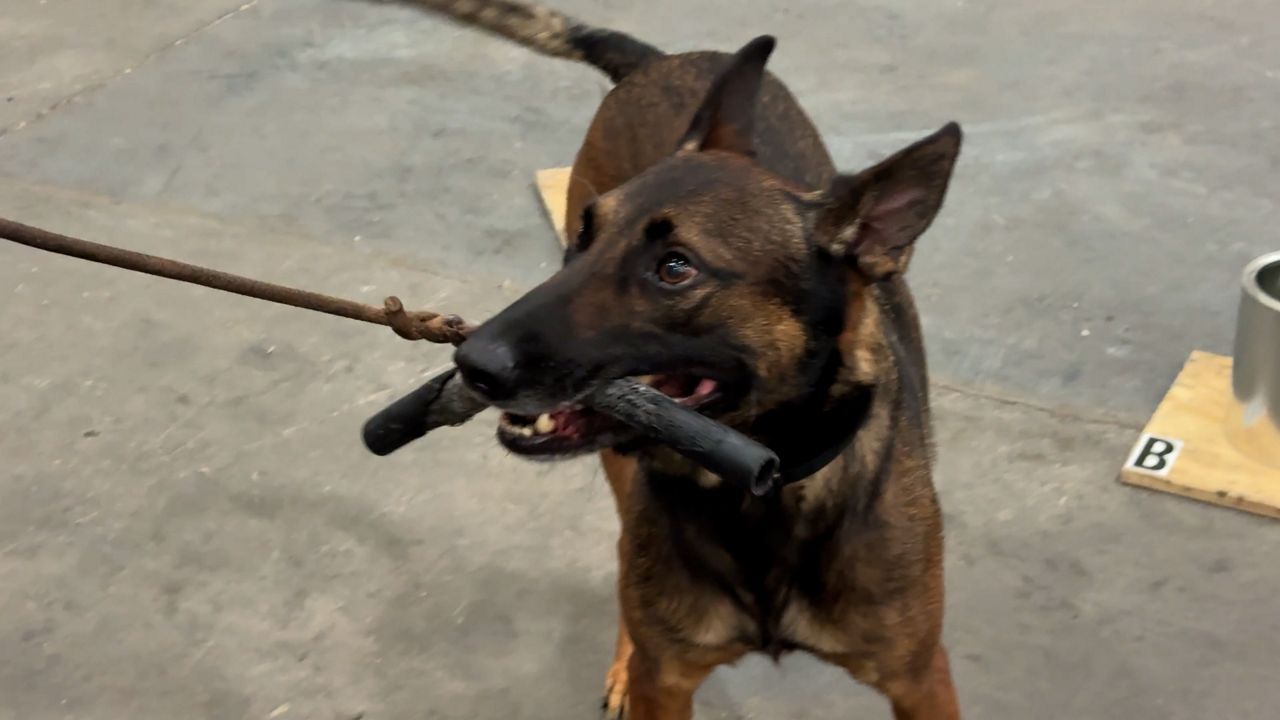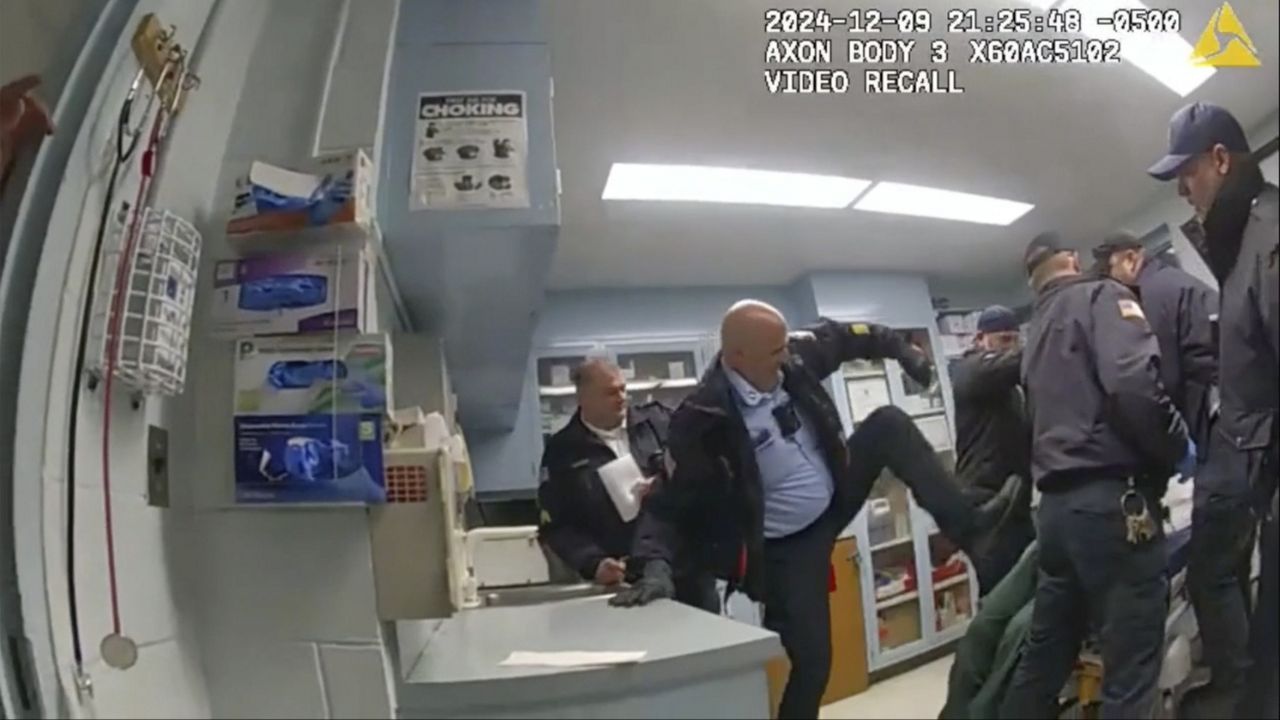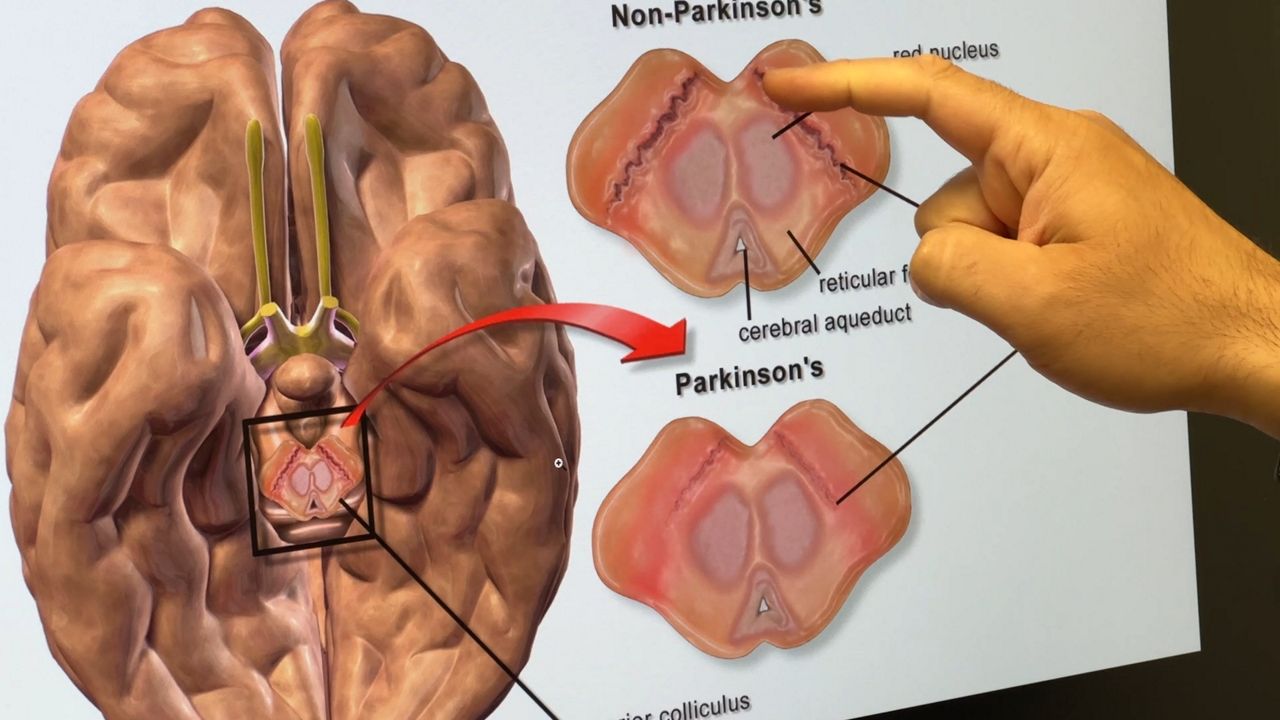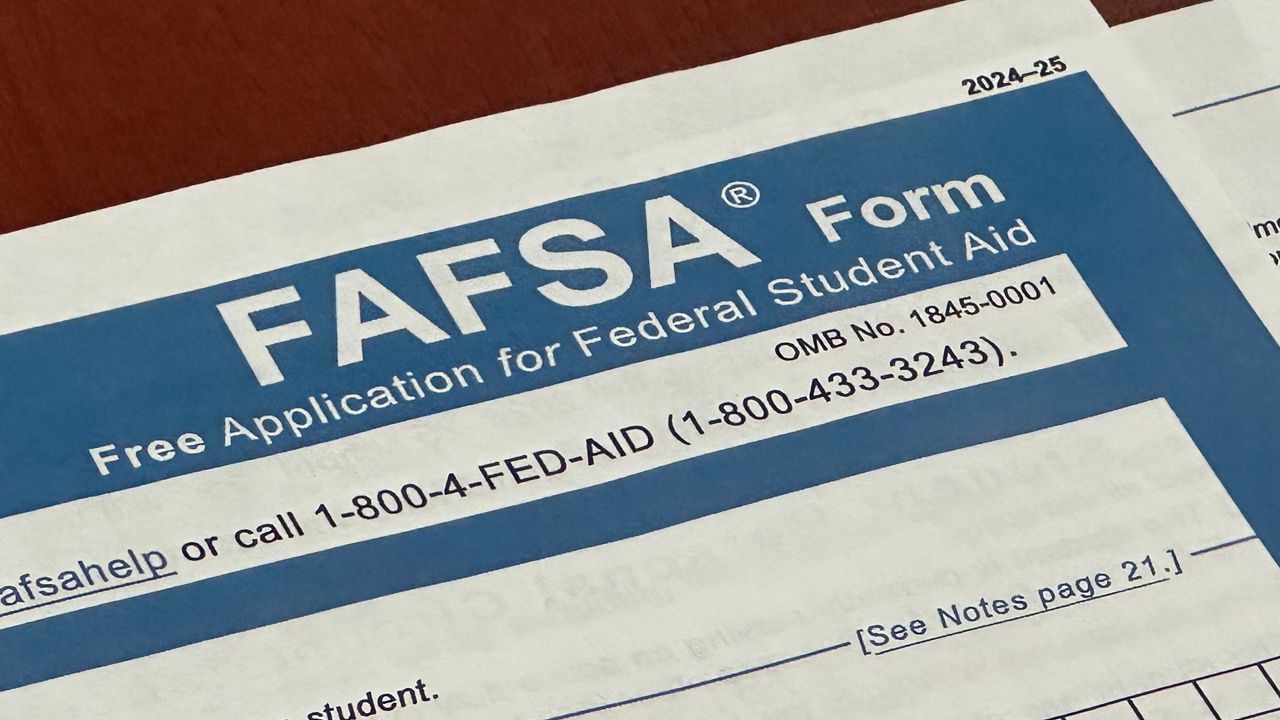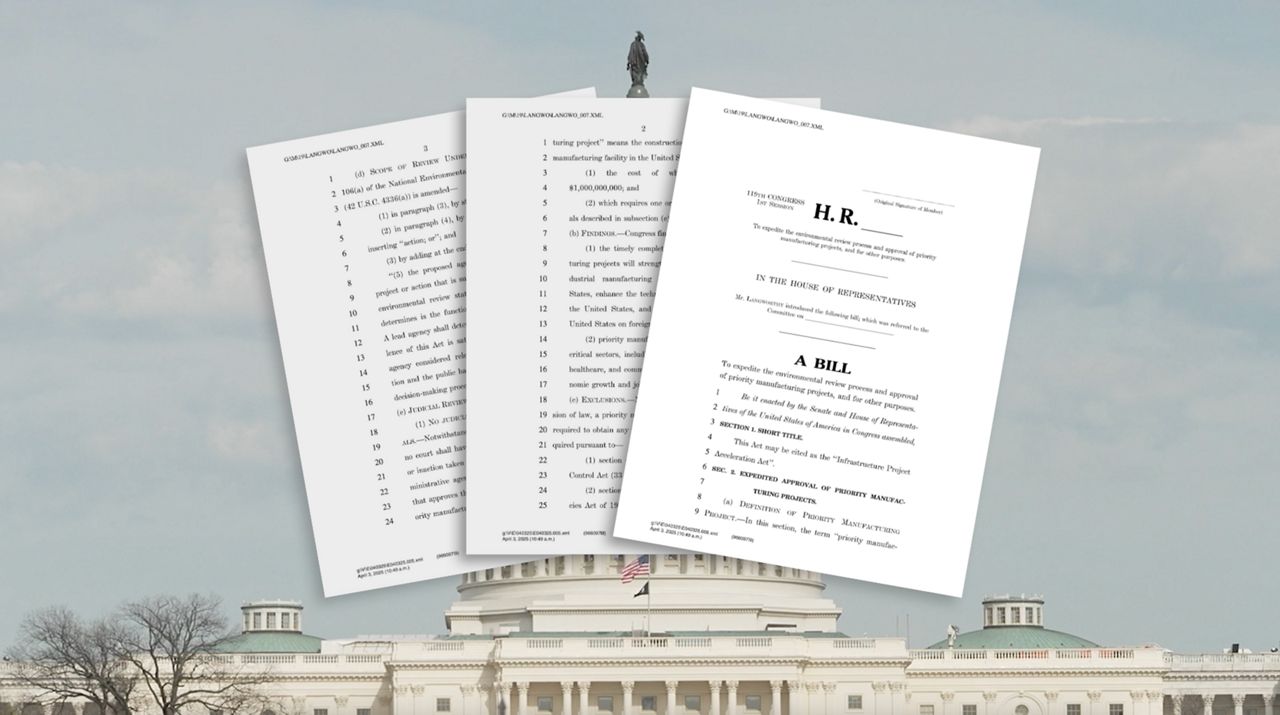In upstate New York, having reliable transportation is a must, and for many people, that means taking the bus. TCAT, Tompkins Consolidated Area Transit, was recently short on vehicles after they tried using electric buses. But due to issues with the structure of the electric buses, they were pulled from TCAT’s fleet. With a gap in the fleet, they had to pivot to their neighbor for help.
“It's like you're a guinea pig starting out with anything related to technology,” said Patty Poist, communications and marketing manager with TCAT.
TCAT said it cost about $1 million of federal, state and local money to buy each electric bus. On Earth Day in 2021, TCAT premiered seven electric buses. By March 2024, they were taken off the road.
“There was some separation between the bodies and the frames and the drivetrain, which is very serious,” said Jeremiah Anderson, operations manager with TCAT. “Got a consultant who's an expert in that kind of body and construction. And they told us that these buses were just built improperly to begin with and there was probably nothing we could do about it.”
“Kind of in a situation where we have these buses, but there's no way to operate them even if we wanted to, just because you can't get parts or service,” said Matthew Rosenbloom-Jones, general manager of TCAT.
With a gap in their fleet, TCAT needed more buses. So the Capital District Transportation Authority (CDTA) donated five electric buses.
“We're really fortunate to be in a place that we were able to donate those buses to TCAT to help them out in a time where they needed it,” said Jaime Kazlo, director of corporate communications at CDTA.
TCAT is purchasing 11 new buses — five diesel and six electric.
“Electrifying transportation is probably the way of the future," said Anderson. "And it's going to be a long row to hoe. I mean, we've been doing internal combustion for over 100 years. So it's going to take a little while to get electrification perfect."
“Electric buses do perform better," said Rosenbloom-Jones. "They can accelerate much faster than a diesel bus. You have generally lower maintenance costs because they're much a simpler design. You have just a traction motor, you don't have transmissions and engines and all these parts that need constant lubrication. And then of course they're much quieter and they don't have tailpipe emissions."
In 2022, road transportation was responsible for 19% of the state’s greenhouse gas emissions. Diesel was responsible for 23% of all transportation emissions in 2022, according to a New York state Department of Environmental Conservation report from last year. CDTA is also working toward incorporating more electric buses into their fleet.
“Well, it's the right thing to do. We want to reduce carbon emissions. And electric buses are a big, big solution to that problem,” said Poist.
CDTA is scheduled to accept nine more electric buses next year.






